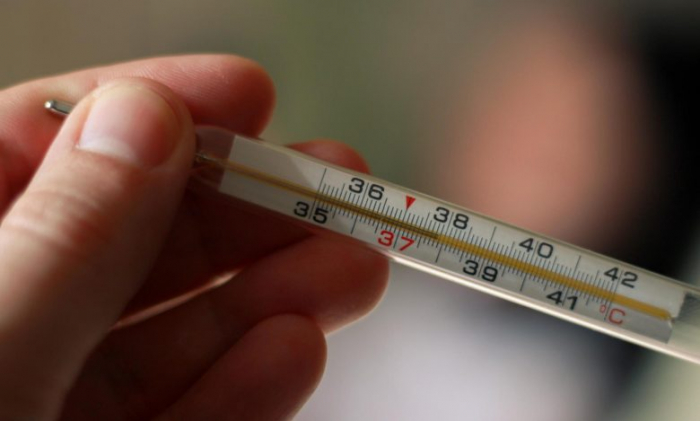The average human body temperature has dropped over the past 150 years, according to a new study, though it remains unclear what is behind this decrease.
Researchers at the Stanford University School of Medicine have established that people’s bodies are now typically cooler than the textbook figure of 37C, first established by German physician Carl Reinhold August Wunderlich in 1868.
The study shows that modern-day men have a body temperature 0.58C lower than their 19th century counterparts, while women’s are 0.32C lower.
This decrease has been attributed to “changes in our environment over the past 200 years, which have in turn driven physiological changes”. However, the study acknowledges that establishing cause and effect remains “inherently unprovable”.
Senior author Julie Parsonnet, a professor of medicine and of health research and policy at Stanford University, says: “Our temperature is not what people think it is.
“What everybody grew up learning, that our normal temperature is 98.6°F [37°C], is wrong.”
The study offers a number of explanations for the drop in temperature, including a reduction in the human metabolic rate.
Advances in medical treatments, better hygiene, greater availability of food and improved standards of living, which provide humans with a constant ambient temperature, could all have contributed to this drop-off, the authors say.
They also suggest the cooling may be due to a population-wide decline in inflammation, with our bodies subjected to fewer infections and diseases as a result of improvements in modern medicine.
“Inflammation produces all sorts of proteins and cytokines that rev up your metabolism and raise your temperature,” says Dr Parsonnet.
“We’ve changed in height, weight – and we’re colder. I don’t really know what [the new measurements] mean in terms of health, but they’re telling us something. They’re telling us that we are changing and that what we’ve done in the last 150 years has made us change in ways we haven’t before.
“Physiologically, we’re just different from what we were in the past.
“The environment that we’re living in has changed, including the temperature in our homes, our contact with microorganisms and the food we have access to.
“All these things mean that although we think of human beings as if we’re monomorphic and have been the same for all of human evolution, we’re not the same. We’re actually changing physiologically.”
Researchers analysed temperatures from three datasets covering distinct historical periods.
The earliest set, compiled from military service records, medical records and pension records from Union Army veterans of the American Civil War, captures data between 1862 and 1930 and includes people born in the early 1800s.
The second set contained data from 1971 to 1975, while the third covered 2007 to 2017.
As part of the study, the authors investigated the possibility that the decrease could reflect improvements in thermometer technology.
Researchers checked for body temperature trends within the three datasets and, based on the assumption that measurements would have been taken with similar thermometers for each historical group, found their observations were consistent with the broader picture. Each group saw a similar decrease every decade.
The Independent
More about: bodytemperature
















































